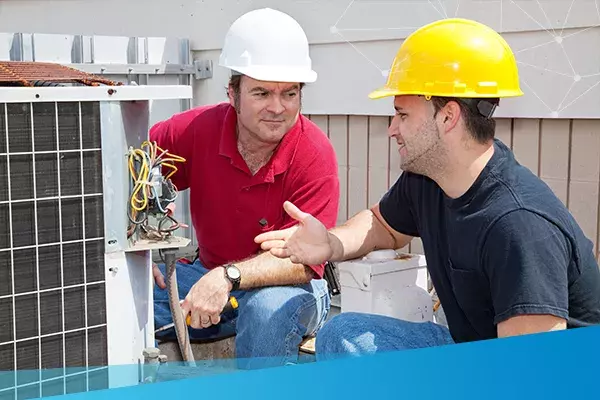Upgrading Skills Key for Installers to Meet New Demands for Natural Refrigerants

The future is bright for natural refrigerants within the IAQ sector.
With global hydrofluorocarbon (HFC) phasedowns mandated by the Kigali Amendment to the Montreal Protocol, as well as the EU F-Gas Regulation and similar regulations around the world, installers or technicians often need to learn about new alternative refrigerant-based technologies.
However, to replace common high global warming potential (GWP) refrigerants such as R404A and R507 and keep up with the evolving regulatory landscape, installers must ensure they get trained in handling natural and low GWP refrigerants.
The increasing number of refrigerant options makes it essential for installers to be aware of hazards that can be associated with refrigerants. For example, handling some natural refrigerants such as ammonia, carbon dioxide, and hydrocarbon refrigerants, etc. require training. A lot of low GWP or natural refrigerants are flammable and it is very important to have technicians and installers with experience in using them.
In the future, those personnel who are able to work with alternative refrigerants will likely be in higher demand. There are a number of training programs available.
The Sauermann Group`s digital manifolds are a handy tool to help the experienced installer. A career in HVACR requires the use of many tools. For many technicians or installers working in the heating and air conditioning trade, this often means carrying around multiple instruments to complete different installation and servicing tasks. In recent years, digital manifolds are becoming a lot more popular because they are compact and readings can be done quickly and reliably without the need for manual calculations. They are also equipped with an Application that stores up to 126 Refrigerants, including low GWP and natural refrigerants.




Add new comment